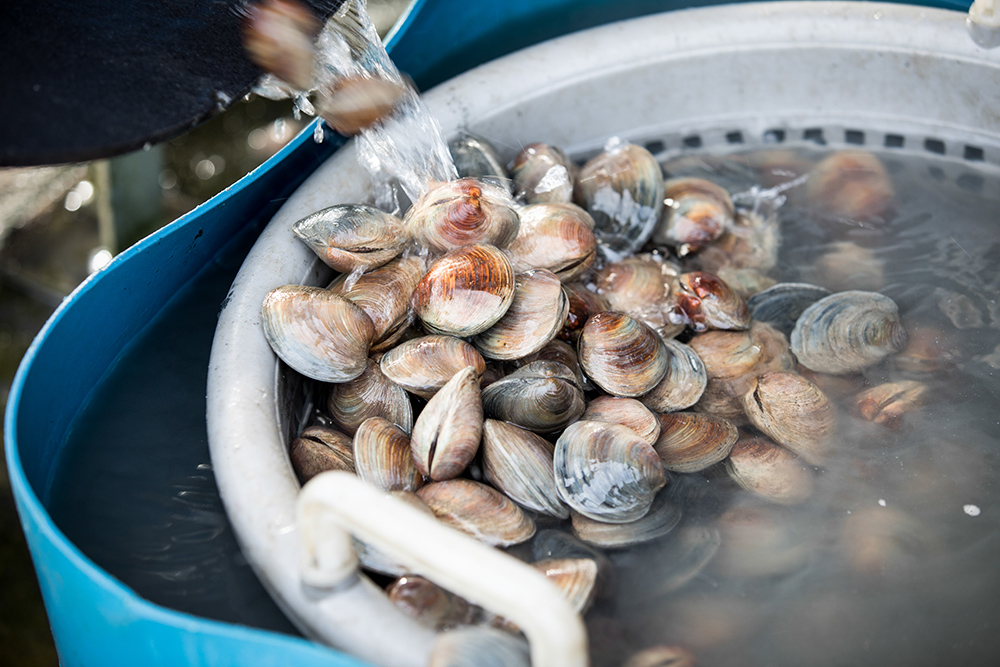By Brad Haire
University of Georgia
That's why industry and farm group representatives and scientists from across the Southeast will meet Dec. 2 at the University of Georgia's Tifton, Ga., campus.
They want to compare notes and hear how Georgia and other states have dealt with these viruses, said Alex Csinos, a plant pathologist with the UGA College of Agricultural and Environmental Sciences.
The last such conference was a much smaller one in 1997 in Tifton.
Tospoviruses are plant viruses carried by small insects called thrips. Thrips larvae get the viruses when they feed on infected plants. When the larvae mature, they can carry the viruses to healthy plants.
Thrips like Georgia's subtropical climate, Csinos said. And they constantly bombard crops.
As many as 10 million thrips can visit an acre of tobacco in Georgia every day during the growing season, he said. It takes about 120 days to grow tobacco.
"Georgia could be considered the epicenter for tospoviruses in the Southeast," Csinos said.
Tospoviruses cost Georgia farmers an estimated $50 million every year in lost yields and control measures, he said.
The most infamous tospovirus in Georgia is the tomato spotted wilt virus. It blew into Georgia in the late 1980s and quickly began hurting many of the state's crops.
To successfully grow peanuts in Georgia, farmers now plant resistant varieties. The No. 1 variety planted in Georgia is Georgia Green, developed at the Coastal Plain Experiment Station in Tifton.
"There's not a peanut breeding program in the Southeast that doesn't have to consider tomato spotted wilt resistance first," said Bob Kemerait, a peanut plant pathologist with the UGA Extension Service.
Peanut farmers now can lower the risk of their crop's getting the disease by using the TSWV Risk Index, a multidisciplinary guide developed by UGA scientists.
TSWV also attacks and causes major damage to Georgia's tobacco crop. It infected an estimated 25 percent to 30 percent of the crop this year. It's been worse in other years. The virus infects vegetables grown in Georgia, too, such as tomatoes and peppers.
Another tospovirus called iris yellow spot was identified late last year in Georgia Vidalia onion fields. IYSV has caused major problems for onion growers in the Pacific Northwest and South America. Agricultural officials are now waiting to see how IYSV will affect Georgia's official state vegetable.
Many plants in Georgia can be hosts for tospoviruses, said Natalia Martinez-Ochoa, coordinator of the Plant Virology Laboratory in Tifton.
"It's easier to list the weeds in Georgia that are not hosts for tospoviruses," she said, "than list the ones that are."
Tospoviruses don't just attack row crops, she said. The ornamental industry is also concerned about them. They can cause damage to certain ornamental crops like petunias, vincas, zinnias and impatiens.
To find out more about the UGA tospovirus conference, call (229) 386-7230 or e-mail nmartinez@tifton.uga.edu.






